Table of Contents
Alas, we’ve reached one of the most controversial digital marketing tactics for SEOs- Link building.
You’ve got your white hats, grey hats, and black hats. The people that follow strict SEO rules, and those that don’t.
Personally, I think all of them are full of shit.
The people who are successful at building links don’t talk about it much. Well, I’m here to change that.
Not a single search engine has ever hit me with a backlink penalty and every project I’ve ever worked on has grown in SERP visibility.
It’s not due to guest blogging, broken link building, baiting people for links, using stolen images, or any other wild, regurgitated link building strategy you’ve heard so far on the web.
What you’ll find below is a raw breakdown of what’s worked for us at our agency, free from the typical bull over backlinks.
Let’s not waste time and get right into it.
Have a large link building budget
If you have a budget of less than $2,000 USD/month dedicated to building links, stop reading. I’ve never worked on a project (after 2015) where a small link building budget produced a successful project.
We’re talking continuous rankings improvements without being an industry talking head.
Look, you’ll hear a lot of success stories about how some SEOs increased their rankings with a small to non-existent link building budget. It might be true, in some cases, but in my experience, it takes a significant amount of capital to actually make a difference.
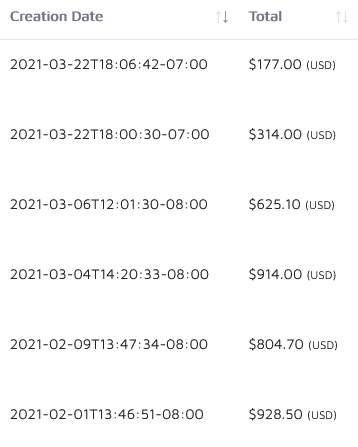
This (above) is the cost of just one link building campaign in one marketplace.
We don’t have a link-building team, or a network of reputable businesses to consistently link to our content (that’s simply not scalable). Instead, we have a highly-vetted list of the best sources for link purchasing (and have blacklisted all of the negative and damaging linking sites).
If they’re not in this post, they’re trash. Trust me. I’ve tried most of them.
(If I haven’t tried your services, please reach out to me. I have the budget to work with you).
Pay attention to backlink quality
Let’s get serious.
The quality of the links you acquire matters (whether you pay for them or not).
Please stop getting links from irrelevant websites, PBN links (to your money pages), and websites with low traffic. Never buy links from someone on Facebook, LinkedIn, a cold email, Blackhat world, or Twitter.
Trust me. I’ve done it all. None of these links work and it can even cause Google and other search engines to penalize your website. I’ve been lucky to realize my mistakes early in my career.
Quality guidelines for backlink acquisition
I have a checklist I follow for every backlink campaign. Every single point on this checklist must be met or we refuse the link. It’s simple.
- Rule #1 – Look at the website architecture. Is it a general blog with a lot of content ideas? Are they blogging about gloves and also talking about pool pumps (in other words, do they have a singular target audience)? If not, you’re probably looking at a PBN. Even if it’s not a PBN, steer clear. It’s not worth it.
EXAMPLE:
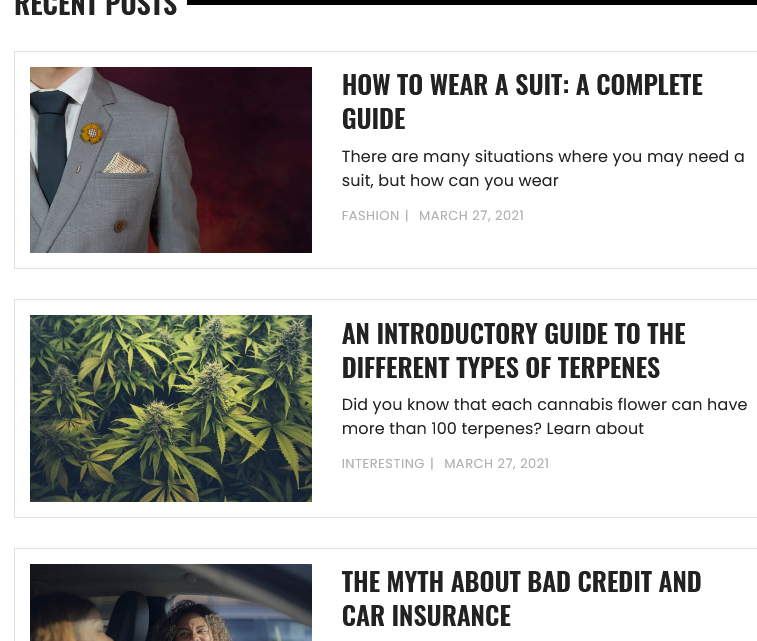
This website makes me laugh because you’ve got how to wear a suit, marijuana, and car insurance all supposedly speaking to the same audience.
Red flags everywhere.
- Rule #2 – Take a look at the navigation to see if the topics vary. Technology and tattoos are completely different topics. If you see something like this in the global navigation, steer clear.
EXAMPLE:

Rule #3 – Checking the backlink profile of the website you’re going to get a link from is time-consuming. I understand. However, it has to be done. You’re spending time and money to get this backlink, and it could all be a waste if you don’t ensure the site isn’t spammy/ low quality/ irrelevant. Don’t just look at metrics from Ahrefs. Study the links.
Example:

In this case, we have a website with malware. It’s linked to a suggested prospect by a link building company I work with. Be careful with niche edit links. A lot of the companies proposing these links work with hacked websites (not all, but some).
- Rule #4 – Organic traffic is very important when considering a link. Check if the website has a steep decline in traffic with algorithm updates. If the growth isn’t steady, avoid getting the link.
Example:

I am not sure you want to get a link from this website. An algorithm update has clearly impacted their organic traffic. Your link will bear a lot of that impact if you work with them or you will not get any benefits.
Rule #5 – Make sure their about page makes sense. Fake websites are super easy to identify by simply looking at their about page. If you don’t see an image of the person who owns the website (make sure you check to see if the image is fake or stolen from somewhere else), get weary.
EXAMPLE:
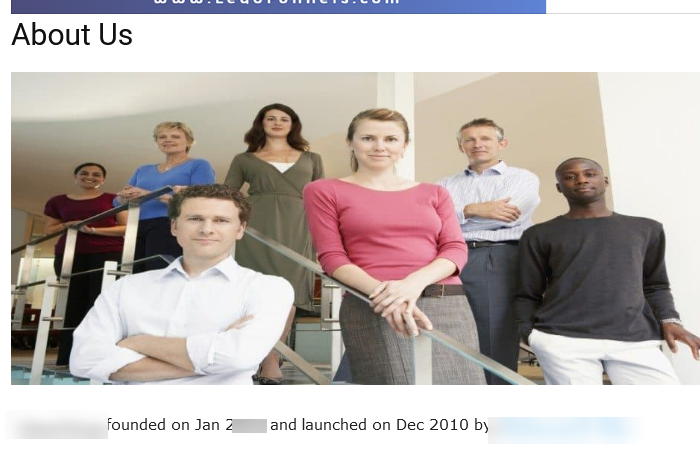
I don’t think I need to explain much with the photo above. It’s clearly a fake photo, and if I dig into their about page, it’s marred with red flags. Instant pass!
- Rule #6 – Do the organic keywords match what the website is all about? If not, the link might not add any value to your website.
EXAMPLE:
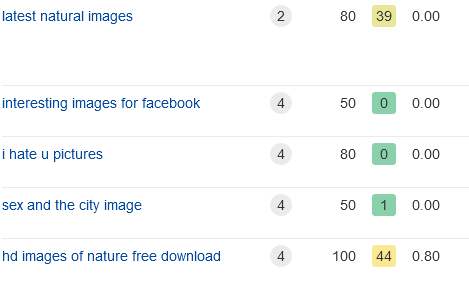
What the hell are we looking at here? Nature? Facebook? Sex? Which is it? Don’t skip over keyword research before you purchase a link, or else you’ll end up linking to sites that don’t make sense at all (let alone for your brand).
- Rule #7 – Check the content on the blog to make sure it’s quality stuff. If you wouldn’t read it, why would you pay for a link back to your money pages?
- Rule #8 – Take a look at the publishing timeline for each post. Are there bursts of content published all at once, followed by a large publishing gap? This is very suspicious, and Google knows it too.
- Rule #9 – Do you see “writer for us”, “guest post”, or “contribute”? Hard pass. Google has caught on to this scheme by SEOs.
EXAMPLE:

Wow, they even put “Write for Us” in their global navigation. That’s a very hard pass!
- Rule #10 – My final rule is to pay attention to the website’s location. Is the website from an English speaking country? Where is it hosted? What’s the location of the business/website? It’s not a deal-breaker if the website is from a random country, but keep the 80/20 ratio in mind when acquiring international links.
Editorial guideline for link building
If I decide to work with a site and pay for a link, I always make sure the site linkedIn to us understands the topic and meets certain writing parameters.
These are the guidelines I typically send to the site owners:
- Please ensure the main topic is on X.
- Use this video {YouTube link} somewhere in the post.
- Start with topic X, work your way into topic Y and end with topic Z.
- Try to link to these resources (resource links not on our own website)
- Use these images (relevant images from our media team).
- Make sure you use these anchor texts.
- Place our anchor text in the 2nd and 3rd paragraph.
- We don’t want sponsored or no-follow links.
My standards are fairly high, and because of that, each link will easily cost anywhere between $400-$800.
Deciding on our hyperlink anchor text
I don’t have an anchor text ratio like others have suggested. I try to keep it natural based on the conversations we have with our customers/clients.
That being said, I do have some strategies for you to try.
Look in the “Related Searches” section on SERP
At the bottom of each search engine results page, there are plenty of anchor text variations to grab.
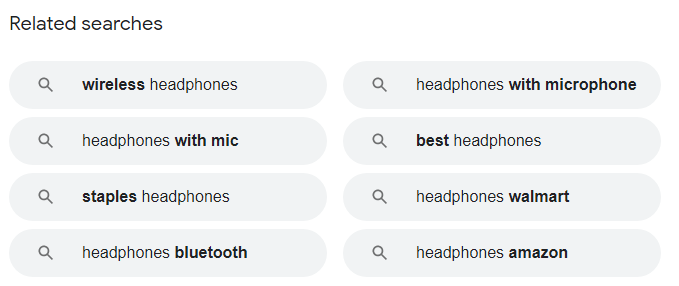
You can also use an asterisk symbol to discover more keywords (or anchor texts) if you’re looking for more ideas:
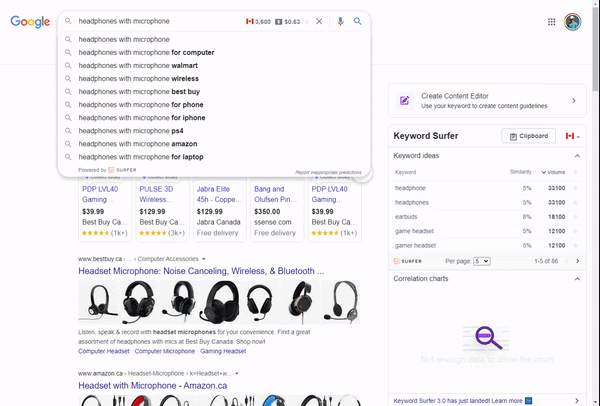
I also use these anchor texts to mix it up:
- Website
- Click here
- Here
- Your brand name
- Visit [brand name]
- New post on
You get the idea.
I randomize link text as much as possible- like mixing up money keywords with our brand name:
- [keyword] + [brand name]
- New [keyword] + products
- Click here to see the [keyword]
- This post on [brand name]
Bonus: If you’re wondering how to run a backlink gap analysis, I have an article just for you.
Building authority to your links
I’ve written about tiered link building before, but there is a much more powerful way to build natural links:
Ask the website owner to include your article in one of their own posts, thus adding you to their internal link structure.
Do the homework ahead of time and propose the idea in a series of three emails. Here’s what that might look like:
(In a perfect world, you would ask the editors to do this right away. However, this is not always possible.)
Hi [NAME],
I’ve recently acquired a link on your website. You can find the link on [LINK] with the anchor text [ANCHOR TEXT].
Would it be possible for you to link to this blog post on any of your other blog posts? For example, our post might relate to:
- Link 1
- Link 2
- Link 3
I am willing to pay for your time if that’s what it takes and will do the research.
Thank you,
The second email would be a follow up:
Hi [NAME],
Just pushing this email to the top of your inbox. Do you think we can get this done? It’s a win, win for both of us.
Thank you,
And finally:
Hi [NAME],
I know you’re busy, but I am going to try one more time to get something worked out.
Would you like to meet virtually with our managing director so he can explain everything to you?
Again, we’re willing to pay for your time to do this.
Thank you,
Getting links into online publications
Using magazines to get links is underrated in my opinion.
In every industry I work in, I ask our team to find relevant magazines (print and online) to publish a post on. A link in a publication might cost anywhere between $1000-$5000, but the press is incredible.
You can’t get any more relevant and high-authority than that and they’re very easy to find.
Getting links on websites that also have a print version of their content is outside the norm. The idea is to be different, isn’t it? This is how you do it.
Team up with a university for authoritative backlinks
There is only one sure-fire way to team up with a university: a connection with the instructors.
Reach out to instructors and ask them if they’re interested in a collaboration video/podcast where you would showcase his/her program in the content.
Publish the video on your YouTube account, blog, the university’s blog, and YouTube channel (if the department heads allow it).
For one of our clients, we hired relevant instructors to record instructional videos due to the relevancy of their lessons. The press and backlink worked in favor of our client, the instructor, and the university.
It’s expensive to do this. Know that before you even consider it an option. You’ll need a media team, comprehensive content strategy, and a hefty budget to hire the instructor and produce the content.
Where I get links for our website
https://nobs.link/ is a great marketplace to find high-quality links, but it isn’t perfect.
Only around 15% of their links are worth paying for and many of their suggestions would fail my quality guidelines. So if you use that marketplace, proceed with caution.
https://loganix.com/ is definitely a top contender. They offer high-quality links but their price tag is above average.
Again, I’ve tried almost all of the marketplaces and 3rd-party vendors. These two have been the best and produced the greatest results.
Results of our linking strategy
Here are the results for just three of our client projects:
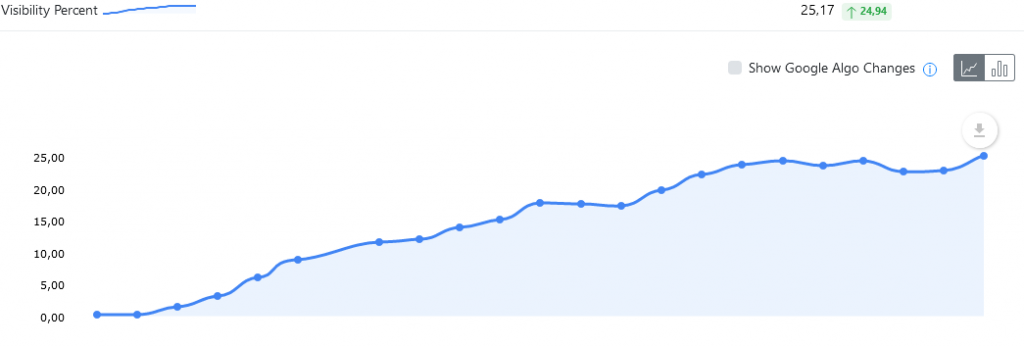
The first (above) is a new project with the potential for millions in revenue.
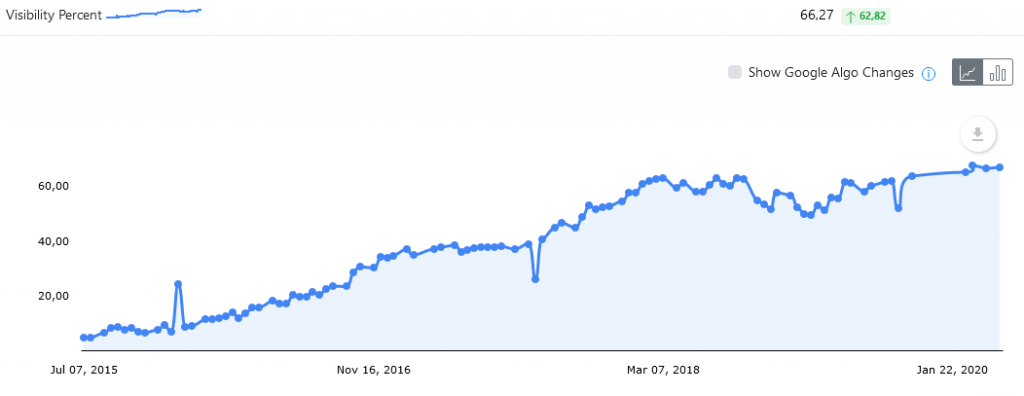
The second client is destroying multi-national and billion-dollar competitors. They are so busy, we’ve actually had to stop working on their project temporarily.
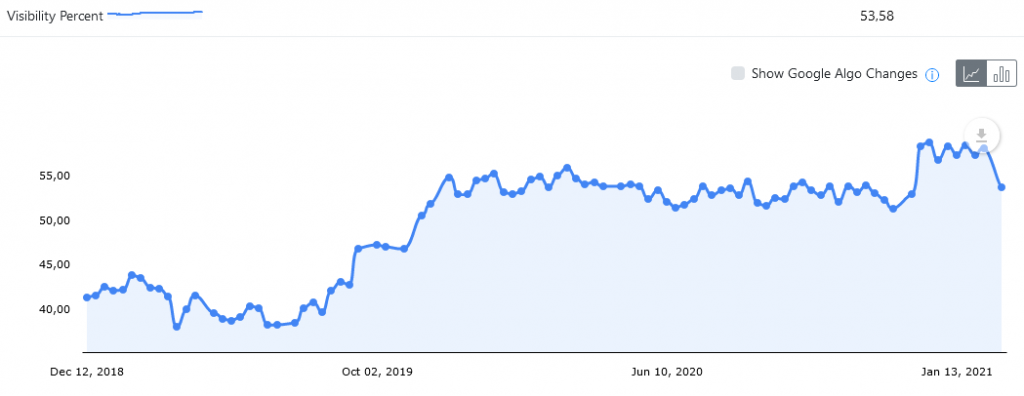
Another client of ours is now competing with billion-dollar corporations.
Anything above 40% visibility makes millions in revenue. Keep that in mind with these examples.
(Also consider the dozens of other campaigns attributed to these results. Link building is just one aspect of what we do.)
Final thoughts
If you can do what I am proposing on a tight budget, all power to you. I haven’t been able to.
Manual link building is incredibly time-consuming and impossible to scale, especially when you have multiple brands to work on.
I’ve followed this guideline for years and it continues to work like a charm. I am 100% sure it will work for you too.
I hope I’ve helped you understand what it takes to take a project and improve its visibility significantly through link building.
Let me know if you have any questions in the comments section below. Until next time, catch you on my next post.

